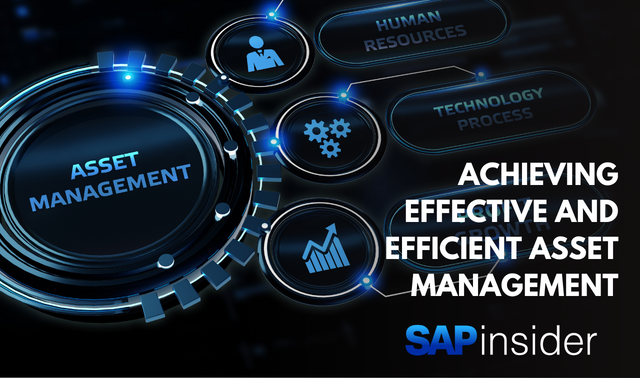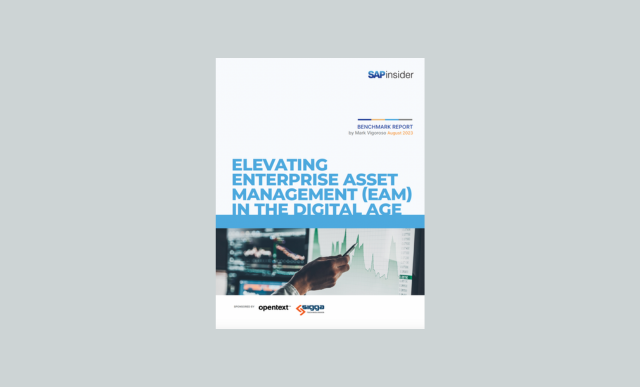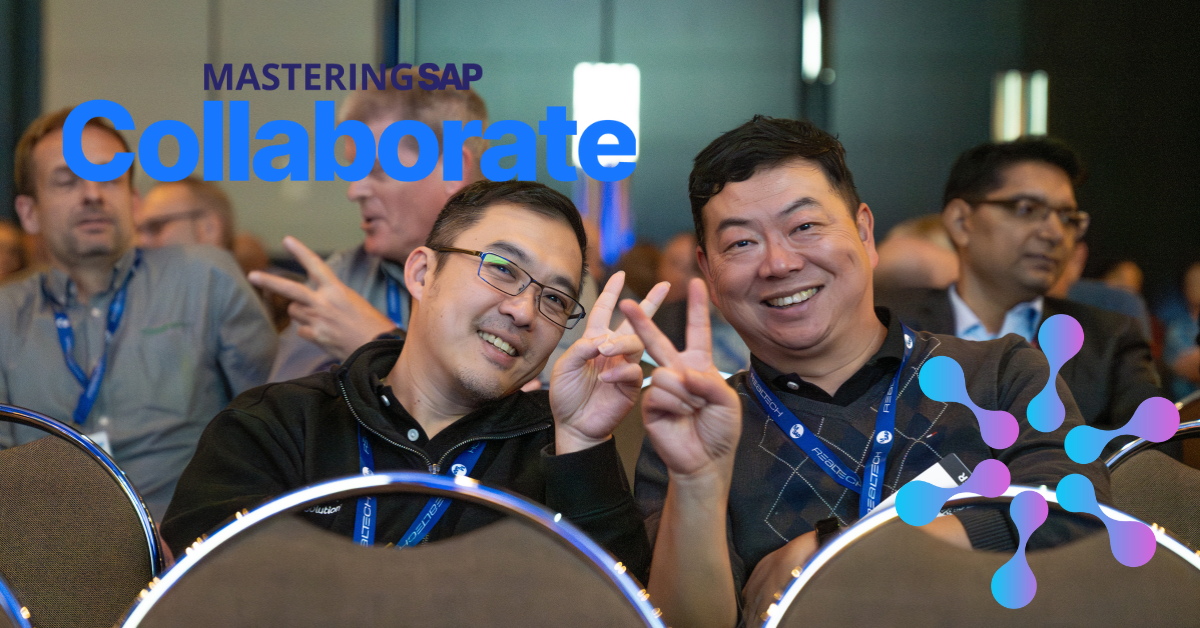The Three Steps to Migrating from Click to SAP FSM
Meet the Authors
Key Takeaways
⇨ ClickSoftware will phase out its Field Service Edge cloud solution by December 31, 2026, requiring users to transition to a new field service management platform to avoid security risks, compatibility issues, and a competitive disadvantage.
⇨ SAP Field Service Management (FSM) is recommended as the best migration option due to its cloud-native design, integration capabilities with SAP systems, and features like AI-based schedule optimization and mobile workforce enablement.
⇨ To ensure a smooth migration from Click FSE to SAP FSM, organizations should assess their current processes, document their needs, and engage with a consulting partner to prepare an actionable transition plan.
ClickSoftware, which is owned by Salesforce, is planning to phase out its cloud solution Field Service Edge (Click FSE). The support for this product will end by December 31, 2026, leaving users with little time to migrate to a new field service management platform.
Delaying migration can lead to serious challenges and inefficiencies like:
- Security risks: No new patches or updates will be provided
- Compatibility issues: No connections to other systems are being developed or maintained
- Competitive disadvantage: No new features or improvements will be released, which could leave your organization behind as peers use more advanced solutions
Why SAP FSM
Thus, Click FSE users face a big question: Which software should they choose to migrate from Click? Given these factors, SAP Field Service Management (FSM) emerges as the best option as the cloud-native platform is designed to integrate with SAP systems like SAP S/4HANA, SAP Cloud for Customer, and SAP RISE.
Explore related questions
Moreover, SAP FSM offers features like:
- AI-based schedule optimization for tasks like automated scheduling, best-matching technician to the job, policy design, and appointment booking
- Mobile workforce enablement, including native offline-first applications, guided workflows and smart forms, location tracking, and service reporting
- Crowd services such as crowd marketplace, partner portal, optimized scheduling, and integrated procurement.
Migrating to SAP FSM ensures that your business stays ahead of the curve with a flexible, integrated, and future-ready solution.
Migrating to SAP FSM from Click FSE
Click FSE users who want to migrate to this platform must ensure that they follow these three steps to ensure a smooth transition to a new system.
Step 1: Choose a consulting partner who can provide a detailed assessment of your FSM business processes, review the Click features being used, conduct systems analysis and interview stakeholders on their idea of an ideal future platform. This assessment forms the basis of the organization’s migration journey.
Step 2: Work with your consultant to identify and document your organization’s needs based on this assessment. Examples of documentation include:
- Current Click features
- System requirements
- Must-have, nice to have and no longer needed features for the new system
- Migration efforts and timeline
- Recommendation for the new system and estimated costs
Step 3: Review the assessment results with all stakeholders to prepare an actionable plan to make the move. The plan should be based on the organization’s needs, usage, and future customer service.
As a global consulting and software provider with a focus on maintenance and field service solutions, and SAP partner, Evora IT Solutions provides a seamless transition to SAP Field Service Management (FSM) for Click FSE customers. Watch Evora’s webinar for more information on how to make your transition from Click FSE to SAP FSM a reality.
What This Means for SAP Insiders
Maximize your SAP investment. Ensure that a new solution is scalable and future-ready is a must for an organization’s long-term success. A good system allows businesses to adapt to growth, technological changes, and evolving market conditions without the need for costly and disruptive system replacements. For example, SAP FSM’s cloud-native features provide improved performance, while its built-in AI, predictive analytics and IoT capabilities ensure smarter service delivery. In addition, SAP continues to invest in its FSM solution as seen by the continual feature and function enhancements.
Minimize costly risks with a proactive solution. As Salesforce plans to phase out Click FSM by 2026, SAP customers still using this system will face reduced support and compromised security, as updates and maintenance will eventually cease. The absence of feature enhancements and innovations will hinder resource efficiency, resulting in higher long-term costs. In competitive industries, this could put businesses at a significant disadvantage.
Accelerate your path to digital transformation. Partner with an experienced systems implementer and integrator like Evora, an SAP Gold Partner, specializing in SAP mobile and scheduling solutions for frontline maintenance technicians and field workers. Evora goes beyond providing a “technically” functional solution, and ensures the solution meets both business objectives and the needs of frontline workers. With a unique blend of technical expertise and firsthand frontline experience, Evora helps customers achieve positive results faster. Learn more about Evora’s SAP FSM implementation services here.






